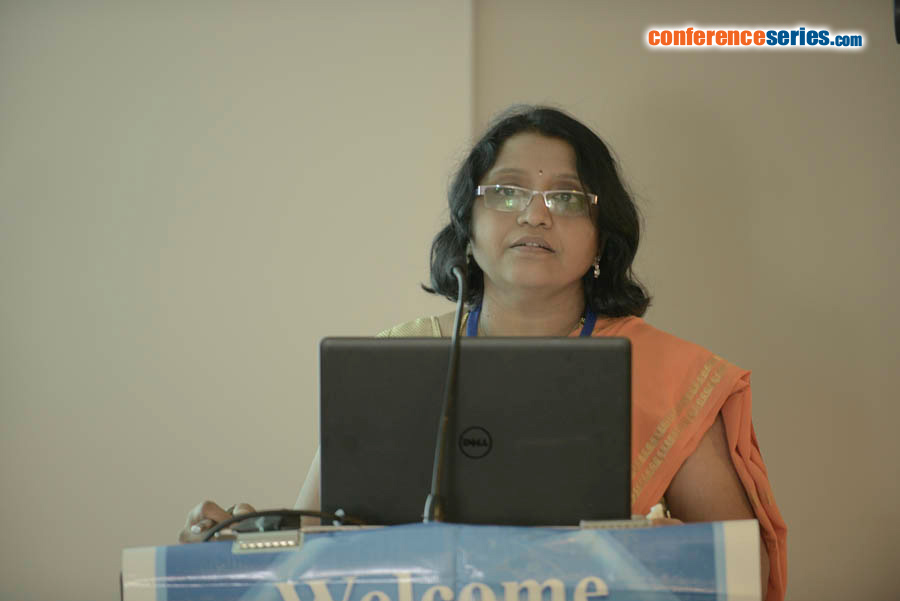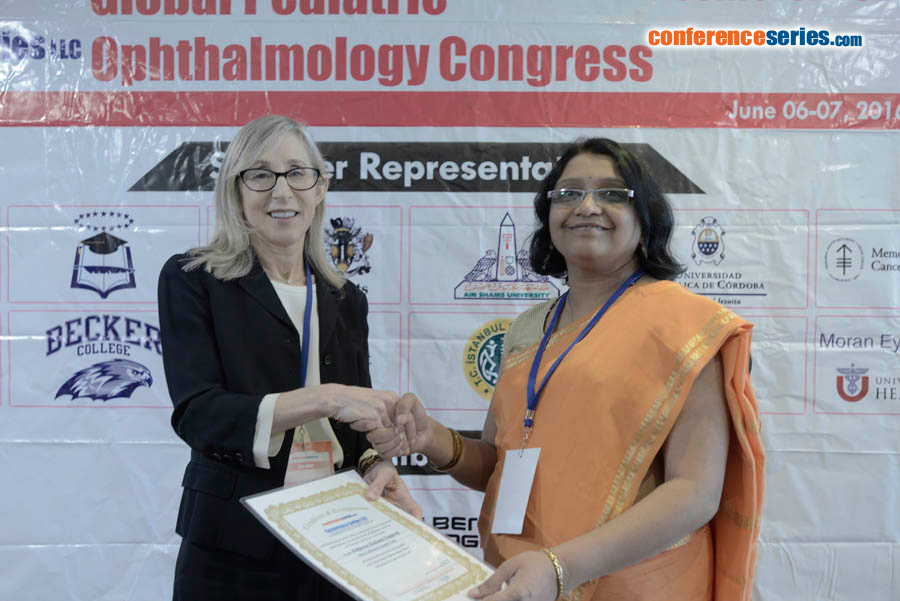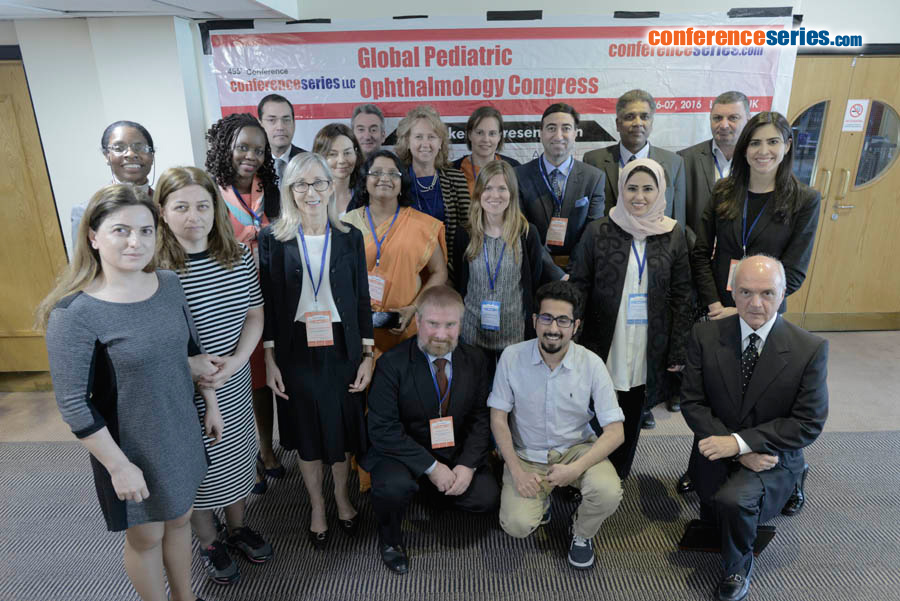
Kalpana Badami Nagaraj
Minto Ophthalmic Hospital
India
Title: Retinopathy of prematurity (ROP) in India and WINROP software
Biography
Biography: Kalpana Badami Nagaraj
Abstract
Purpose: To study prevalence, pattern and associated comorbidities of ROP in high risk neonates in India. To study efficacy of internationally used online monitoring system called WINROP developed by Sahlgrenska Center for Pediatric Ophthalmology Research; Sweden, in Indian population. Methods: Retrospective analysis of 665 high risk neonates for ROP who were screened at Vanivilas Hospital during study periodbetween 02/01/14 to 25/04/15 was done.Study conductedaccording to guidelines issued by American Academy Of Pediatrics (AAP) 2011 .The inclusion criteria was infants withBW less than 1500 g or GA 30 weeks or less, infants with BWbetween 1500 and 2000 g or GA more than 30 weeks with anunstable clinical course that was considered to place them at high risk for ROP. Same babies were also analyzed by WINROP software. Inthis study, the simplified version of WINROP analysis withpostnatal weight gain alone was used. For analysis, infants were classified into 2 groups: No alarm group: unlikely to develop ROP and infants not satisfying inclusion criteria. Alarm group: at risk for developing ROP Results: Among 611 babies screened by American Academy of Pediatrics guidelines 2011, Non pre threshold ROP developedin 35 babies (58.3%),Type 1 ROP in 22 babies (36.6%)and type 2ROP in 2 babies (3.3%).Single baby developed type 1 ROP in right eye and non Pre-threshold ROP in left eye. Among 60 ROP neonates, Respiratory Distress Syndrome (p-value=0.0001) diagnosed in 35, Anemia of prematurity (p-value=0.001) diagnosed in 13, malnutrition (p-value=0.0001) diagnosed in 16 neonates. Among the 60 ROP neonates, 9 underwent blood transfusion (p-value=0.0001). Pregnancy Induced Hypertension was significant maternal co-morbidity in ROP neonates. Hypoxic Ischemic Encephalopathy, Late Onset Sepsis, Pre-Mature Rupture of Membranes and Birth Asphyxia, Intra Uterine Growth Retardation, Patent Ductus Arteriosus and Hydrocephalus were found insignificant co-morbidities. In WINROP assessment, among 611 babies only 30 received alarm. 26 babies fell in low risk alarm group and 14 babies in high risk alarm group. Among High Risk Alarm group, 3 received alarm on week 30, 8recivedalaram on week 31 and 3 received on week 32. Conclusion: Prevalence of ROP in our study according to AAP guidelines (9.8%) was lower than range reported in other developing countries. Malnutrition, Respiratory Distress, Blood Transfusion and Anemia of Prematurity were significant co-morbidities in Indian ROP neonates. WINROP software could detect only half the ROP babies, hence can only be used as accessory tool but not as alternative for ROP screening in Indian babies.



